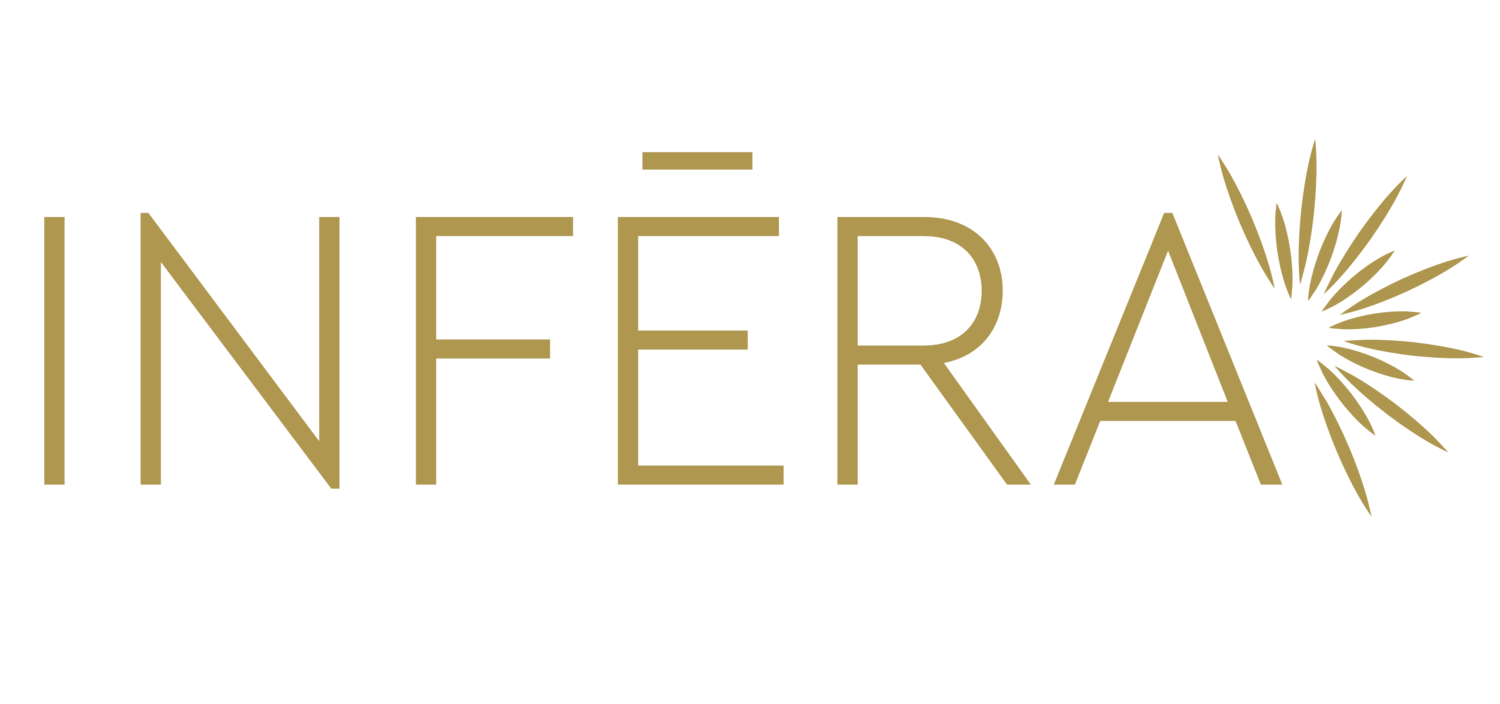
Blue Light Therapy
Introduction to Photo-biomodulation and Low-Level Laser Therapy
Photo-biomodulation and Low-Level Laser Therapy (LLLT) are pivotal in the realm of light-based medical treatments, revolutionizing the way we approach tissue health. Photo-biomodulation harnesses the power of light, harnessing its potential to invigorate and safeguard compromised tissue. Conversely, LLLT employs targeted light wavelengths to incite cellular activity, promoting the body's innate capacity for repair. These fundamental principles underpin the exploration of specialized light therapies, including the innovative blue light therapy.
The Advent and Application of Blue Light Therapy
Discovery and Evolution
Blue light therapy, a subset of photo-biomodulation, is a fascinating treatment approach that has garnered attention due to the discovery that specific wavelengths of light can have distinct effects on biological tissues. This breakthrough can be attributed to the pioneering research of Niels Finsen, a Nobel Prize laureate from the early 20th century, who utilized light therapy to combat skin tuberculosis. In the contemporary era, blue light therapy, encompassing wavelengths ranging from 400 nm to 500 nm, is increasingly being embraced for its non-invasive nature and its potential in a wide array of medical and cosmetic treatments.
Scientific and Medical Uses
Scientifically, blue light therapy has been extensively researched and proven to be effective in treating conditions such as Seasonal Affective Disorder (SAD) and a variety of sleep disorders, making it a promising option for individuals struggling with these issues. In addition to its psychological and circadian rhythm benefits, the medical applications of blue light therapy are significant, encompassing the treatment of diverse skin conditions and the enhancement of overall skin health. A wealth of credible sources, including the American Academy of Dermatology and numerous clinical studies, provide compelling evidence supporting the efficacy of blue light in addressing various skin-related concerns, further validating its medical potential.
Professional Applications in Dermatology
Treating Skin Conditions
Blue light therapy, known for its unique anti-inflammatory properties, has emerged as a revolutionary treatment in dermatology and skin care. The primary mechanism behind blue light therapy involves the use of a specific wavelength of light that targets and reduces inflammation at the cellular level. This makes it an effective tool in managing various skin conditions where inflammation is a major factor, such as acne, eczema, and psoriasis.
The efficacy of blue light therapy lies in its ability to penetrate the skin's layers, reaching the deeper tissues where inflammation begins. By doing so, it helps in reducing the production of certain chemicals in the body that trigger inflammation. Moreover, blue light therapy is known to aid in the destruction of bacteria that can exacerbate skin conditions, particularly acne-causing bacteria.
Eczema and Psoriasis: Recent scientific studies have demonstrated that the application of blue light has proven to be highly effective in decreasing inflammation and enhancing the overall functionality of the skin barrier.
Acne: The anti-bacterial properties of blue light have been found to be particularly effective against Propionibacterium acnes, the bacteria responsible for causing acne. This makes blue light a favored option for the treatment of acne, offering a promising solution for individuals dealing with this common skin condition.
Pigmentation and Skin Discoloration: Blue light can help regulate melanin production and treat hyperpigmentation, ultimately aiding in achieving a more even skin tone and reducing the appearance of dark spots caused by various environmental factors and aging. This makes it a promising option for individuals seeking non-invasive solutions for addressing skin discoloration.
These applications are backed by clinical research, such as the Journal of Clinical and Aesthetic Dermatology, which highlights the benefits of blue light in dermatological treatments.
Blue Light in Action
Blue light therapy penetrates the skin's layers and affects the cells directly. It is believed to induce photochemical reactions in the skin, killing bacteria and reducing inflammation. The light activates porphyrins produced by acne bacteria, destroying the bacteria. Furthermore, it influences cytokine release, a key factor in inflammation, thereby exerting its anti-inflammatory effects.
Before the Treatment
Bacteria accumulates over time and causes the skin’s surface to have tiny raised bumps, black heads or cysts. Dirt built up under the skin can also cause the pores to appear larger.
Device in Action
The BLU device uses a combination of blue light phototherapy and topical heat reaching all the way to the hypodermic and eliminating the bacteria trapped under the skin’s surface.
After Treatment
The BLU device helps to reduce redness and inflammation by healing the sebaceous glands, minimizing pores, increasing the blood flow to the treated area, and providing proteins, nutrients, and oxygen to heal and improve the skin’s appearance naturally. Ultimately revealing a smoother, healthier complexion.
Anti-Inflammatory Properties and User Benefits
Users of blue light therapy devices often report noticeable improvements in their skin condition. Common benefits include reduced redness and swelling, leading to a decrease in discomfort associated with inflammatory skin diseases. Additionally, there is often an observable improvement in skin texture and appearance, with users experiencing a clearer and more radiant complexion. This is not merely a cosmetic enhancement; it represents a significant improvement in overall skin health. By controlling inflammation, blue light therapy helps mitigate the progression of chronic skin diseases and prevents the occurrence of flare-ups.
Importantly, blue light therapy is appreciated for its non-invasive nature and its suitability for regular use without significant side effects. It presents an appealing alternative or complement to traditional treatments, which might involve topical or oral medications. This aspect of blue light therapy is particularly beneficial for individuals seeking a more natural and gentle approach to skin care and management.
In summary, the anti-inflammatory properties of blue light therapy offer substantial benefits for users, especially those grappling with inflammatory skin conditions. Its ability to improve skin health while being a safe and non-invasive treatment method makes it a valuable addition to modern dermatological practices
-
American Academy of Dermatology
Journal of Clinical and Aesthetic Dermatology
Clinical studies on LLLT and photo-biomodulation







